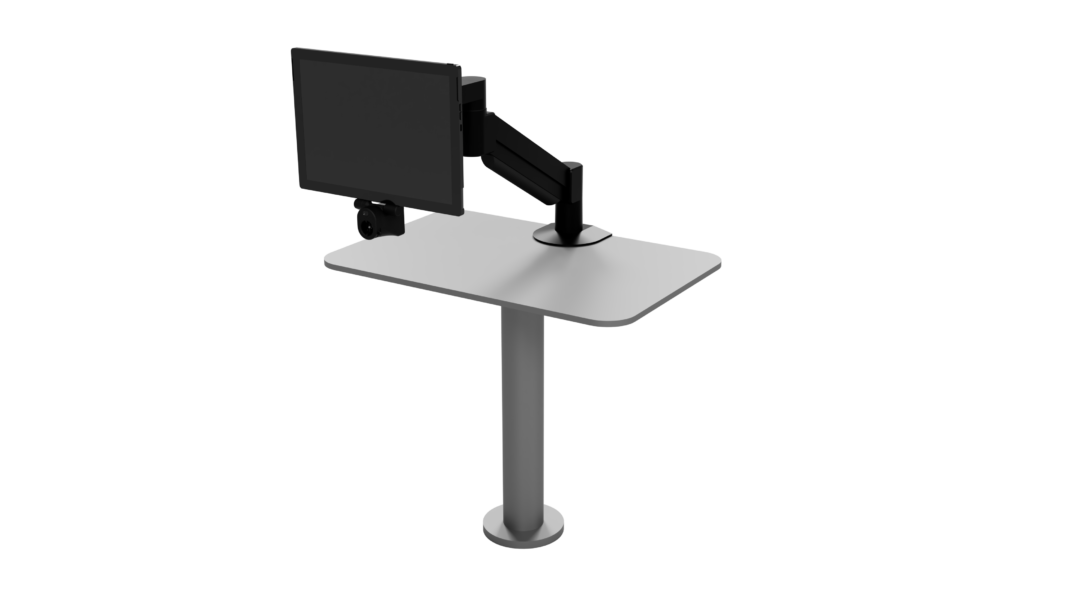Eye tracking technology is helping so many people live more fulfilling lives. Many people benefit from technologies like our Eyegaze Edge®. Eye tracking technologies help individuals with no control, or only limited control, over their hand movements. Eye trackers follow the movement of the eyes to allow a person to navigate the web and to type on custom screens. People living with a number of disabilities and degenerative diseases are benefiting from eye tracking technology, including patients with ALS (Lou Gehrig’s disease), multiple sclerosis, brain injuries, muscular dystrophy, cerebral palsy, spinal cord injuries and more. Eye tracking technologies allow users to harness the power of their eyes to communicate with the world.
However, eye tracking technologies aren’t the only innovations working to improve lives. Here are three more assistive technologies you should know, which are improving everyday life for people around the world.
Single-switch access
If someone has very limited mobility, a single-switch access device might be a good option. Even if the user can move only his or her head, for example, the switch can be placed to the side of the head so the user can click it with head movements. Special software on a computer interprets this head clicking, allowing the user to navigate the web. This type of system can be enhanced with auto-complete features for further ease of control.
Voice recognition software
If a patient is able to speak clearly, another option for computer use is to install software that allows him or her to control the computer by speaking. However, some people with motor disabilities (such as cerebral palsy) may have difficulties speaking so that the software recognizes them. If that is not the case, voice recognition software can help people with disabilities surf the Internet, use email and other online tasks.
Sip and puff switch
This assistive device works similarly to the single-switch technology. Using this device, a person can control their breathing actions to communicate on/off signals to software on a computer or mechanisms on a wheelchair. Combining this hardware with a variety of software applications can help create a custom system for the user’s particular needs.

